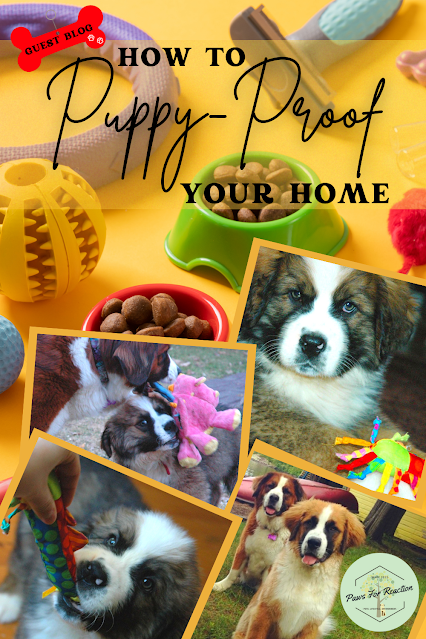 |
| Guest blog by Adeline Ee. So excited to welcome her to the Paws For Reaction extended family! |
Are you preparing for the arrival of your new puppy? If so, congratulations! We are excited for you and hope you have many happy years with your new family member. If you’ve owned dogs before, you know they love getting into trouble. Every dog parent knows the feeling of returning home to discover a mess.
Whether your puppy loves raiding the garbage can or chewing up your expensive shoes and purses, one thing’s for sure- you’ll need to dog-proof your home. Dog proofing your home not only keeps your belongings safe but your puppy as well. Dogs can get into all kinds of trouble eating what they aren’t supposed to and falling sick. By making a few small tweaks around the home, you can help ensure that your dog (and your belongings!) stay safe.
How do I get started puppy-proofing?
First, and this is gonna sound a tad weird; you’ll need to get on your hands and knees and crawl around the house. This allows you to get a puppy's eye view of what your new pooch can access and reach.
Look out for electrical cords, outlets, plugs, and electronics that are within easy reach. A puppy’s sharp teeth can go through the plastic protective layer often covering wiring in a heartbeat. Now you’ve got a pretty enthusiastic chewer that has access to exposed wires!
If you can’t completely elevate everything off the floor and safely out of reach, think about installing puppy or baby gates to block off access to certain areas, say, a study. Nothing’s worse than coming home and finding your home office completely wrecked and your documents destroyed. Somehow, “my dog ate the contract” doesn’t quite hold up to some!
Puppy-Proofing the danger zone: The kitchen
The kitchen is a minefield of toxic chemicals that your dog might ingest. This is how to puppy-proof your kitchen to help avoid dangerous toxin ingestions that can lead to expensive veterinary bills and permanent damage to your dog's organs. To dog-proof the kitchen you should:
- Keep all food stashed away and secure. Many human foods are toxic to dogs. A common sugar substitute is xylitol. It's an ingredient often found in sugar-free gum, but it is becoming more commonly used in things dogs love, like sugar-free peanut butter. Chocolate, grapes, and raisins are also highly toxic to dogs.
- Additionally, many human medications are highly toxic to dogs. Human ibuprofen medications, like Advil, are extremely dangerous if ingested by your dog. Keep in mind that toxic ingestions can be critical for puppies in particular, especially if they are small. Stash all supplements, medications, and narcotics far away from curious noses. .
- Clean the counters regularly and wipe it down after use. A puppy’s sense of smell often lands it into all kinds of trouble!
- Secure your waste bin with a lid and stash it under the sink or somewhere safe. Dogs love going through trash, and while dragging a trash bag through the house is unpleasant, your dog getting poisoned by something in the trash would be infinitely worse. Don't forget, your puppy is discovering everything for the first time and it explores the world with its nose.
- Cut up chip bags and plastic bags before trashing them to eliminate suffocation risk. It is sadly more common than you think.
- Keep cleaning supplies and dish detergents out of reach.
Our Paws For Reaction expert tip: Puppy-proof your wallet by getting pet insurance for your new dog. Pet insurance can help you manage the cost of emergency veterinary bills and alleviate the stress of choosing whether or not to invest in important diagnostics and treatment of your puppy because of the financial burden it will create. Pet insurance companies like Trupanion can help you pick the perfect pet insurance policy for your puppy!
How to puppy-proof the bedrooms and living room
Puppies love to explore! Your puppy will feel comfortable in spaces that smell like you, and what space smells like you more that the place you sleep and live in? To dog-proof the living room and bedrooms you should:
- Keep all electronics, cords, and wiring out of reach. Unplug and bundle chargers up and store them out of reach when you are not using them.
- Know your houseplants. Many plants, such as Crocus, Cyclamen, and Amaryllis are toxic to dogs, so be sure to stop your dog from eating plants. Make sure your puppy can't reach them. This may mean moving plants to a new location as your puppy grows.
- Put away candles, and diffusers. You don’t want your dog knocking a lit candle over and starting a fire. Some essential oils can make dogs really sick.
- Hang up clothes and bags that might have pockets that contain toxic substances like nicotine, medication, or sugar-free gum.
Protecting your puppy in the yard or on the balcony
If your dog spends some time in the backyard or balcony, make sure that their hangout area is completely dog-proof. To puppy-proof your outdoor living space you should:
- Make sure the yard is escape-proof, with no holes to dig through and escape from. Check for loose boards in wooden fences. A puppy can stumble upon those accidentally or if in a mischievous mood.
- Depending on the breed, you might want to think about raising the gate. Athletic breeds like the Australian Shepherd and Belgian Malinois will make short work of jumping a 6-foot fence!
- Ensure there is no way for your dog to jump the balcony railing or squeeze through. Dogs can get distracted by birds and what is going on outside- and get carried away with disastrous consequences. You can install netting or plexiglass to ensure it is impossible for your dog to squeeze through.
Symptoms of food toxicity in dogs
Despite all your efforts, accidents happen. There are a few different symptoms of food toxicity in dogs. The most common is dry-heaving and vomiting, which can be accompanied by diarrhea. Other symptoms include lethargy, loss of appetite, and abdominal pain.
If your dog displays any of these symptoms, it's important to contact your veterinarian or an emergency veterinary clinic and arrange to bring your puppy in right away. Many toxin ingestions can be properly treated and your dog can make a full recovery, but if left unchecked, symptoms can escalate into more severe illnesses. It is recommended to bring your dog in no later than two hours after the toxin was ingested (if you are aware of the exact time) to help preserve the health of your dog's internal organs.
Paws For Reaction expert tip: If possible, always bring the packaging to the vet. Your puppy's doctor will greatly appreciate an ingredients list, or even a product or brand name. If human medication is ingested ensure you know the name of the medication and its strength. If your dog ingests an illicit drug, alcohol or an illegal narcotic, BE HONEST with your veterinarian. The vet's primary objective is to treat your pet and if you don't disclose what your dog ingested you are potentially gambling with your puppy's life.
Final thoughts about puppy-proofing
Raising a puppy is extremely rewarding. With these tips, we hope that we’ve helped keep your puppy (AND your belongings!) safe. Don’t worry, the chewing should pass in the majority of dogs! Good luck, and all the best to you and your pup!
Like Paws for Reaction on Facebook
Follow @PawsForReaction on Twitter
Follow @PawsForReaction on Instagram
Follow my blog and subscribe in the sidebar >>





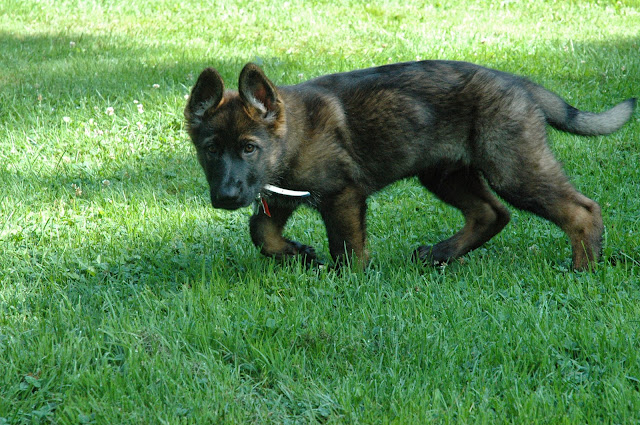
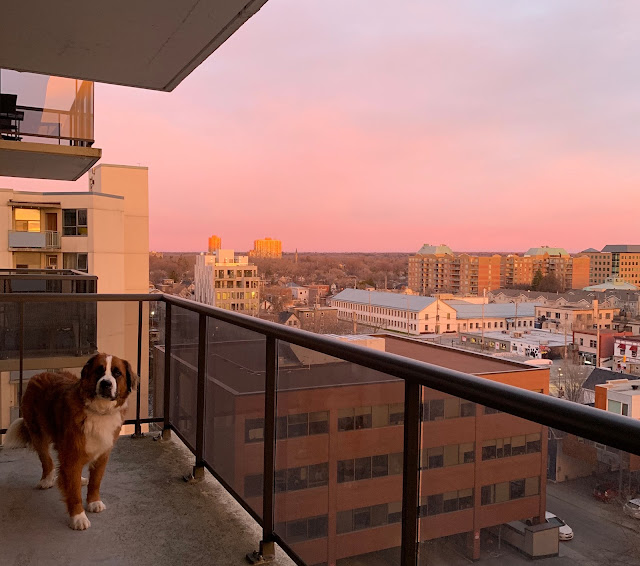

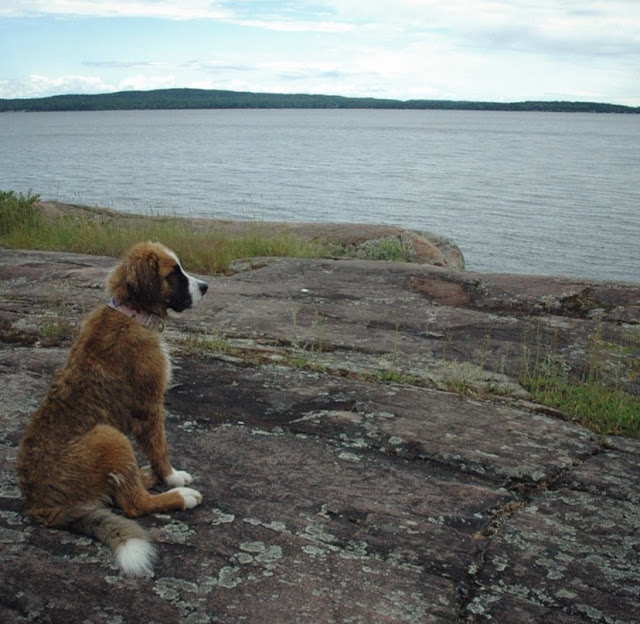

.png)

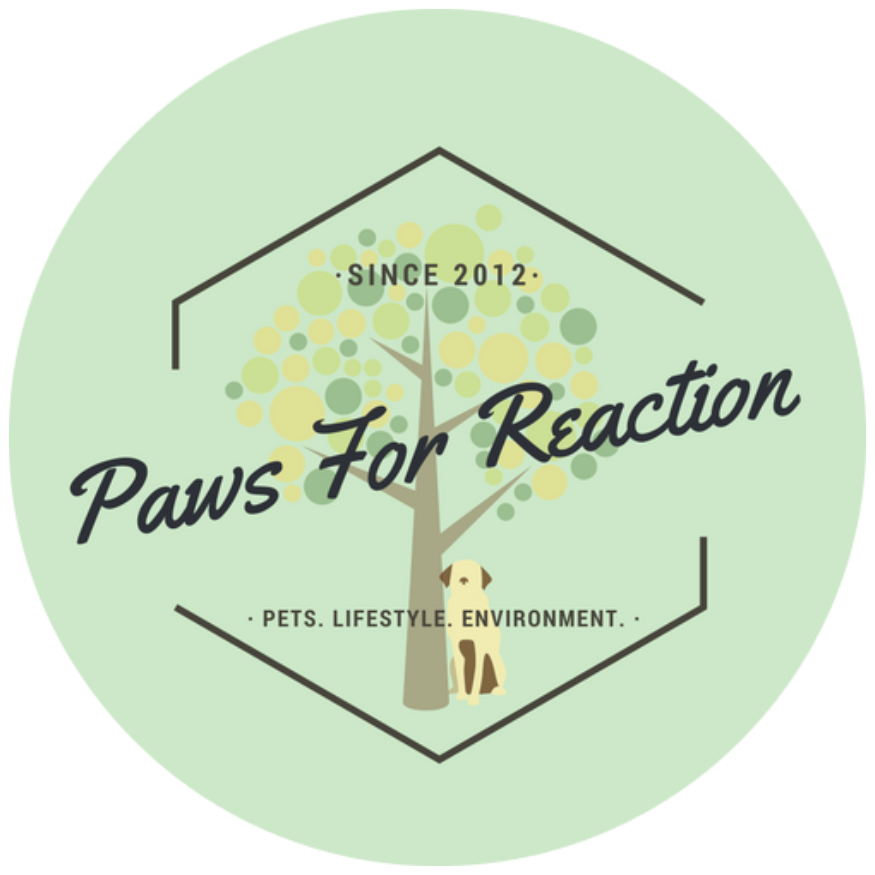
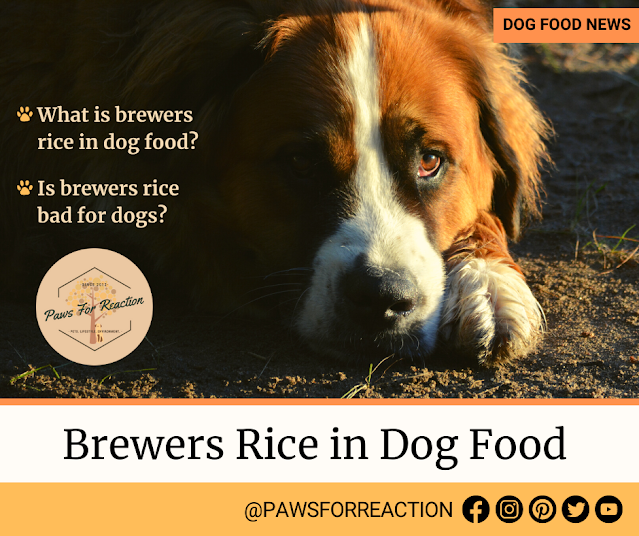

















0 Comentarios